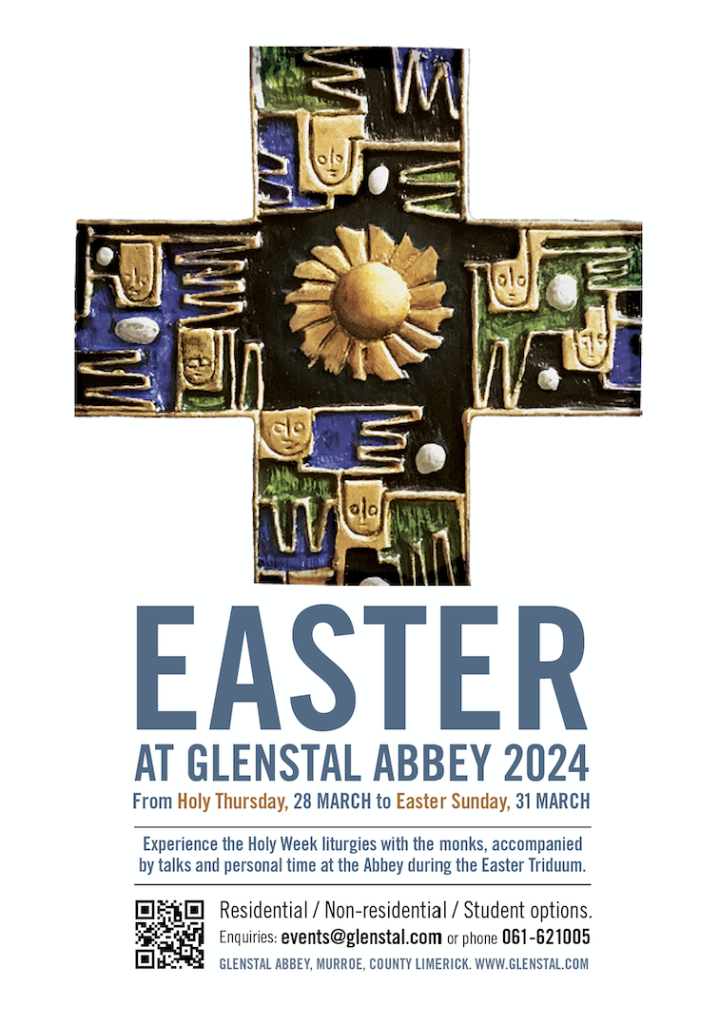Abbot Brendan OSB
We have listened to the Book of Exodus. How each household must share the Passover lamb with unleavened bread and bitter herbs, taking into account what each can eat. The Last Supper, the memory of which we keep this evening, was a meal Jesus celebrated with his disciples during Passover.
Over time the Passover traditions of the Jewish people strayed a little from the regulations in the Book of Exodus and by the time of Jesus, well over one thousand years later, Passover could also refer to the weeklong celebration of Unleavened Bread with which it had merged.
The famous Roman historian Josephus tells us that over 250,000 lambs were slaughtered every year on the eve of Passover between 3pm and 5pm, some in the Temple and some in people’s homes. This is the same time we will celebrate our Liturgy of the Passion tomorrow afternoon. The time that Jesus died on the cross. The lambs used in the Temple were, like Jesus, born in Bethlehem. They were without blemish, specially reared in the hills surrounding Bethlehem and brought to the Jerusalem Temple for sacrifice. The blood of these slaughtered lambs was collected in bowls and some of it thrown against the altar. Two rods in the form of a cross skewered the lambs before they were prepared and eaten. St John in his Gospel wants us to understand that Jesus is our Paschal lamb. The Lamb of God.
On this night Jesus chose to digress from the normal ritual of the Passover week. He rose from the table and washed the feet of his disciples. He made the disciples ritually clean and brought them into communion with him. Then he fed them with himself. The bread was his body, the wine his blood.
Next he goes to the Garden of Gethsemane, which means ‘oil press’. Do we not remember here another garden, the Garden of Eden with its two trees, the tree of good and evil and the tree of life. Despite what almost everyone thinks, nowhere does it say in the Book of Genesis that Adam and Eve ate an apple. Genesis only mentions that they ate fruit and the ancient Jewish tradition was that this fruit was probably fig, because Adam and Eve afterwards sewed fig leaves together to make themselves clothes. This also helps us make sense of what Jesus said to the fig tree as he was on his way up to Jerusalem for the Passover, “may no one ever eat fruit from you again”.
If tradition says the fig was the tree of good and evil, it also says that the olive was the tree of life. Gethsemane is the oil press where the olive from the tree of life must be crushed. The healing power of the tree of life, holy Chrism, has to flow down upon us from the Paschal Lamb on the tree of the cross.
This blessed night, the gift of the Eucharist, the gift of healing oil, the washing of our feet, reveals in a beautiful way what St John teaches us in the Gospel: “Having loved his own who were in the world, he loved them to the end”.
Tomorrow, Christ our Paschal Lamb will be sacrificed. Tonight, he invites us to come home. He invites us to sit at his table with him to be washed and healed by his oil of love and feed on his body and blood.



